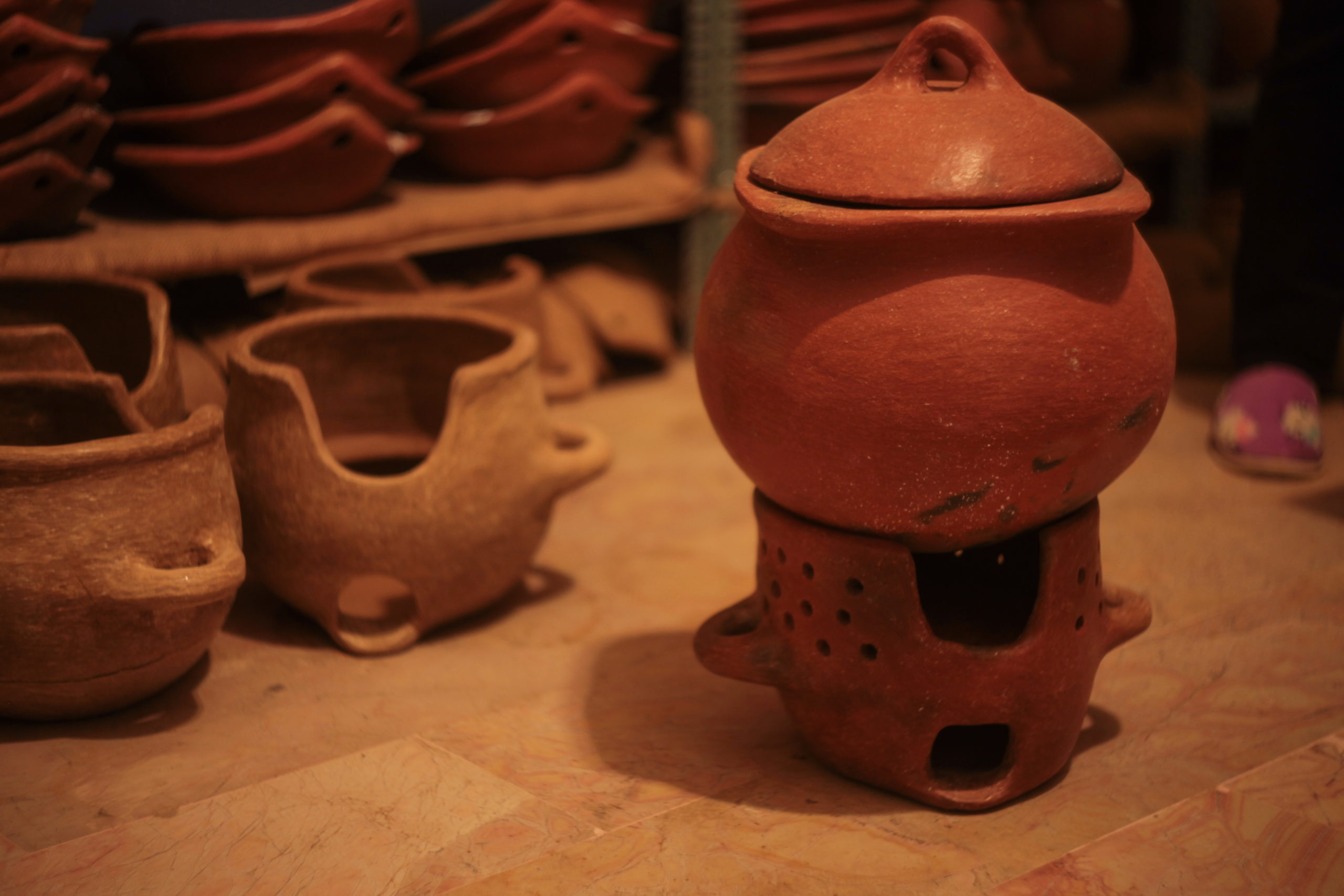Of soil and pebbles
Lebanon's mountain pottery
In the northern Lebanese mountains, one woman is continuing the village tradition of making handmade pottery from clay and soil from the surrounding hills.
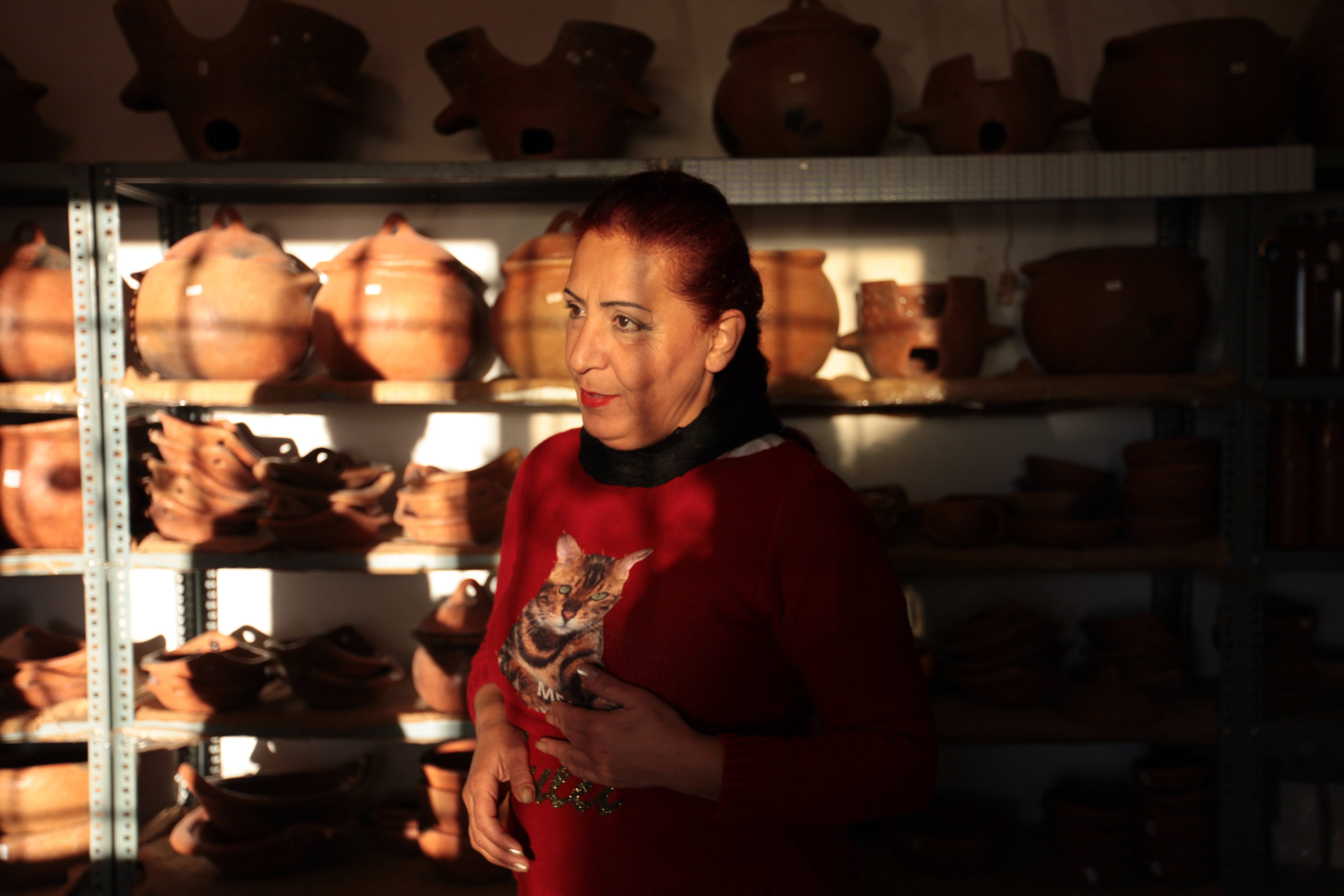
“Everything I do comes from the lands around here. It is all natural.”
Sana Jabbour sits on a stool in her pottery workshop, a small side room in her family house in Assia, a village in Lebanon’s northern mountains. She holds a thick clay bowl in her hands, forming it into a rounded shape with her fingers. The colour of the clay is the same brown as the soil outside. A thin layer of dust covers almost everything in the workshop – the floor and stools, the small plastic tables, and the tools Jabbour uses to form the clay.
Assia, just a short drive up the hilly mountains from the coast, is known across Lebanon for its pottery. There was a time when most families in the village were involved in making pottery for their own household, or for selling and trading it with goods they did not produce on its own.
“But only two potters remain today, myself and another woman. There hasn’t been any real support to maintain the craft,” says Jabbour, who has started scraping pieces of clay from the rounded bowl with a knife.
“Only two potters remain today, myself and another woman.”
All around her are pieces of terracotta in different shapes and forms. There are traditional plates with triangle-shaped handles, chunky mugs, and pots and pitchers in different sizes. All have been made entirely by hand by Jabbour. Fukhar, as the pottery is known in Lebanon, is used all across the country to cook eggs, vegetables and meat, or to store preserved foods. Walk into any Lebanese kitchen and you are likely to find at least one piece of fukhar.
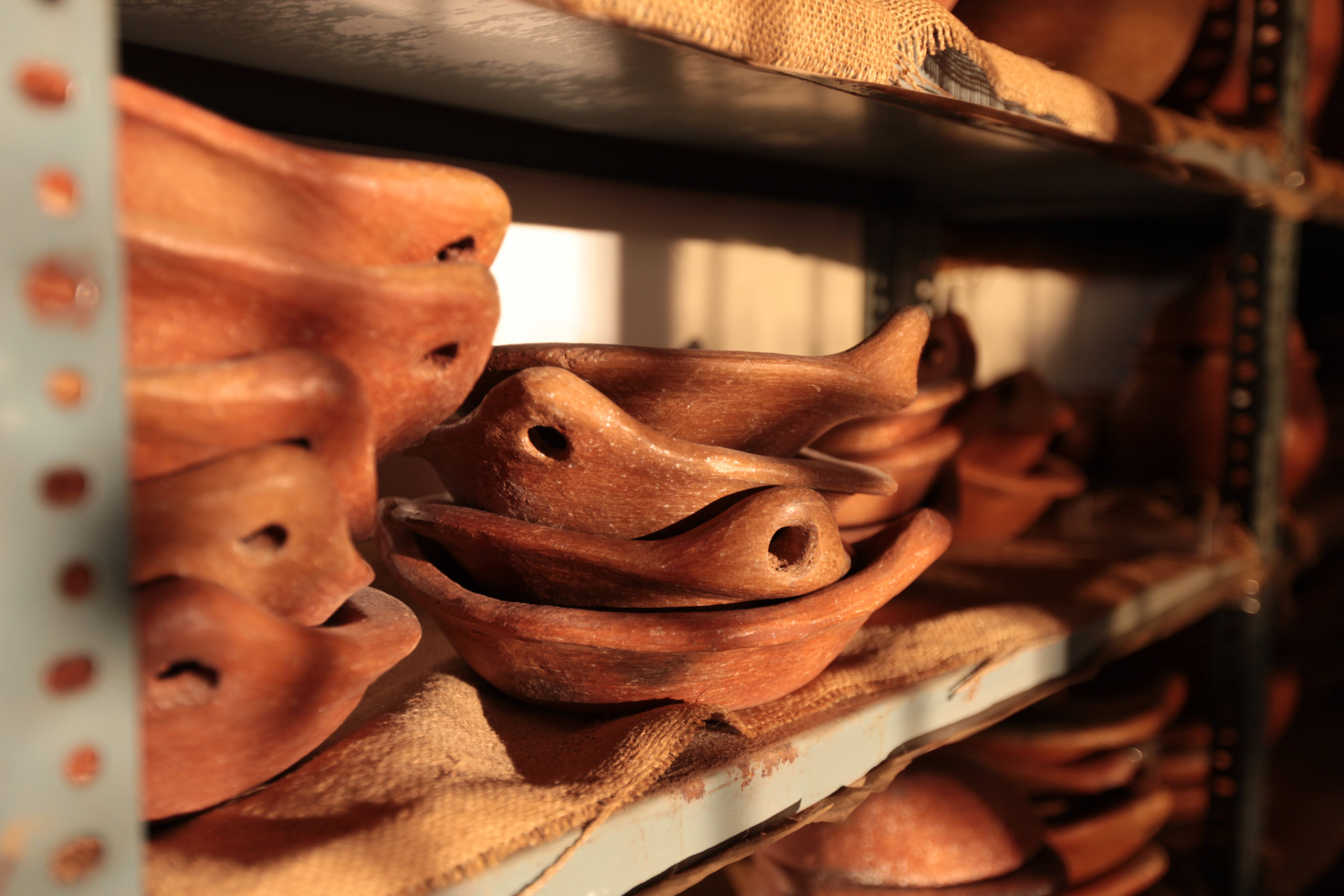
“We use them all the time when cooking. I tried a few times to use other pots, but I always went back to fukhar. We even use them to store ice cream in summer and it doesn’t melt. They keep both heat and cold,” Jabbour says.
Her village workshop has been open for more than seven years, since the family moved back to Assia from Beirut. It is inside this small room that each part of the process is done. Except for one step: the very first.
“We first get soil and stones for the clay from the mountains nearby. That is what makes Assia’s pottery famous, the trab el fukhar or pottery soil. In the past, people would dig it up by hand, but not any more. This is the only thing that has changed with the entire process,” Jabbour says.
“In the past, people would dig it up by hand, but not any more. This is the only thing that has changed with the entire process.”
The next step, after the soil and small bits of stone have been collected, is to crush the pebbles into a fine powder, and sift it to remove any chunks. Everything is then mixed with water, to make the clay easy to shape into various forms. Jabbour keeps a large piece of clay in one corner, and takes a small bit for every new piece she makes. It can be stored like that for months or years, she says, and only needs a little added water each time it is being used.

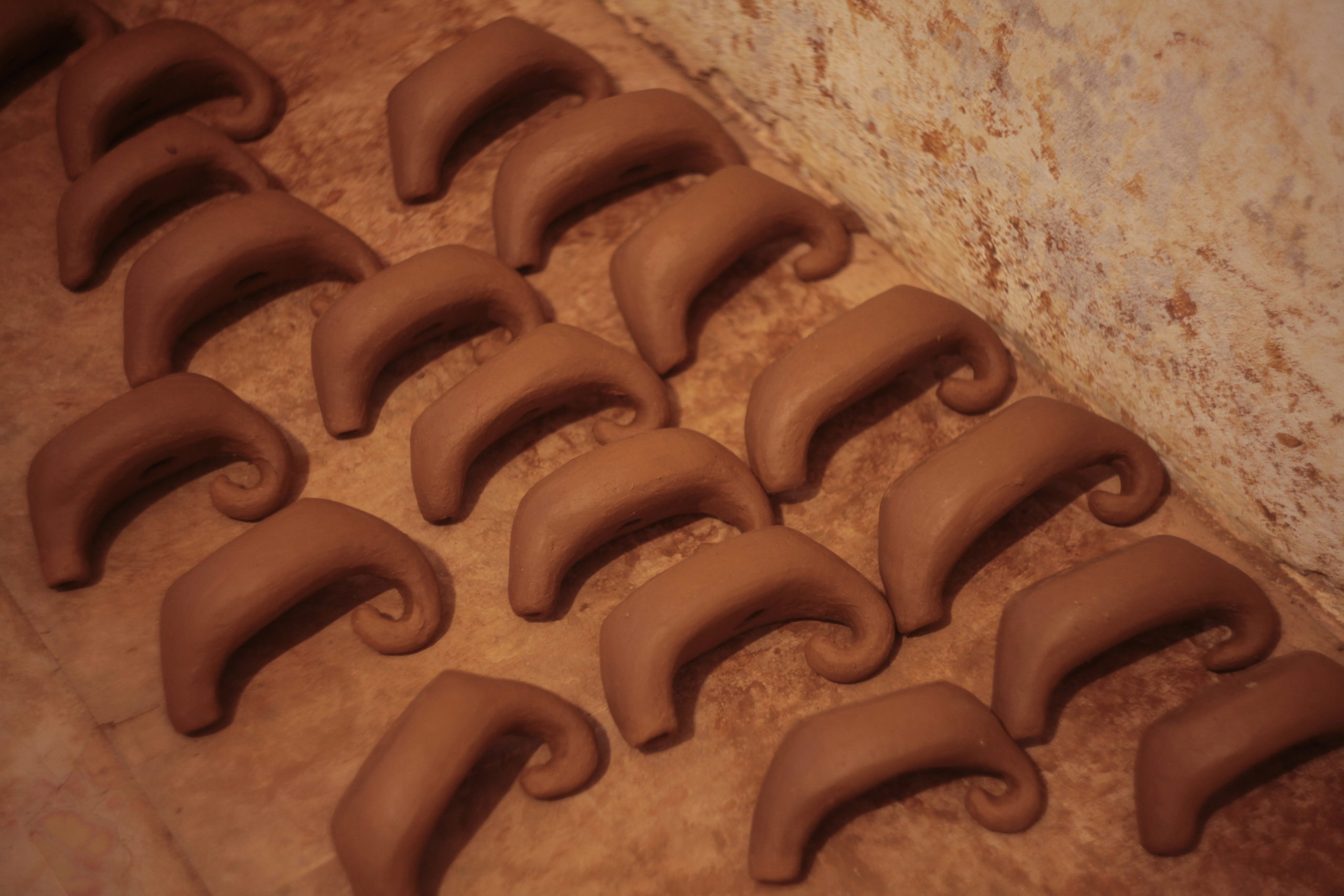

A small window in the workshop looks out over the front yard, where Jabbour’s son and husband are busy with renovation work. The house is surrounded on all sides with mountain landscapes: stonewalls and winding roads climbing up and down the slopes, and stubby fruit trees growing next to olive groves.
Assia, which means ‘medical practitioner’ in the Assyrian language, got its name after a monk who lived here once.
Assia, which means ‘medical practitioner’ in the Assyrian language, got its name after a monk who lived here once and cared for patients in his monastery. There are still remains of an ancient temple in the village, built to worship the mythical Asclepius, the Greek god of medicine.
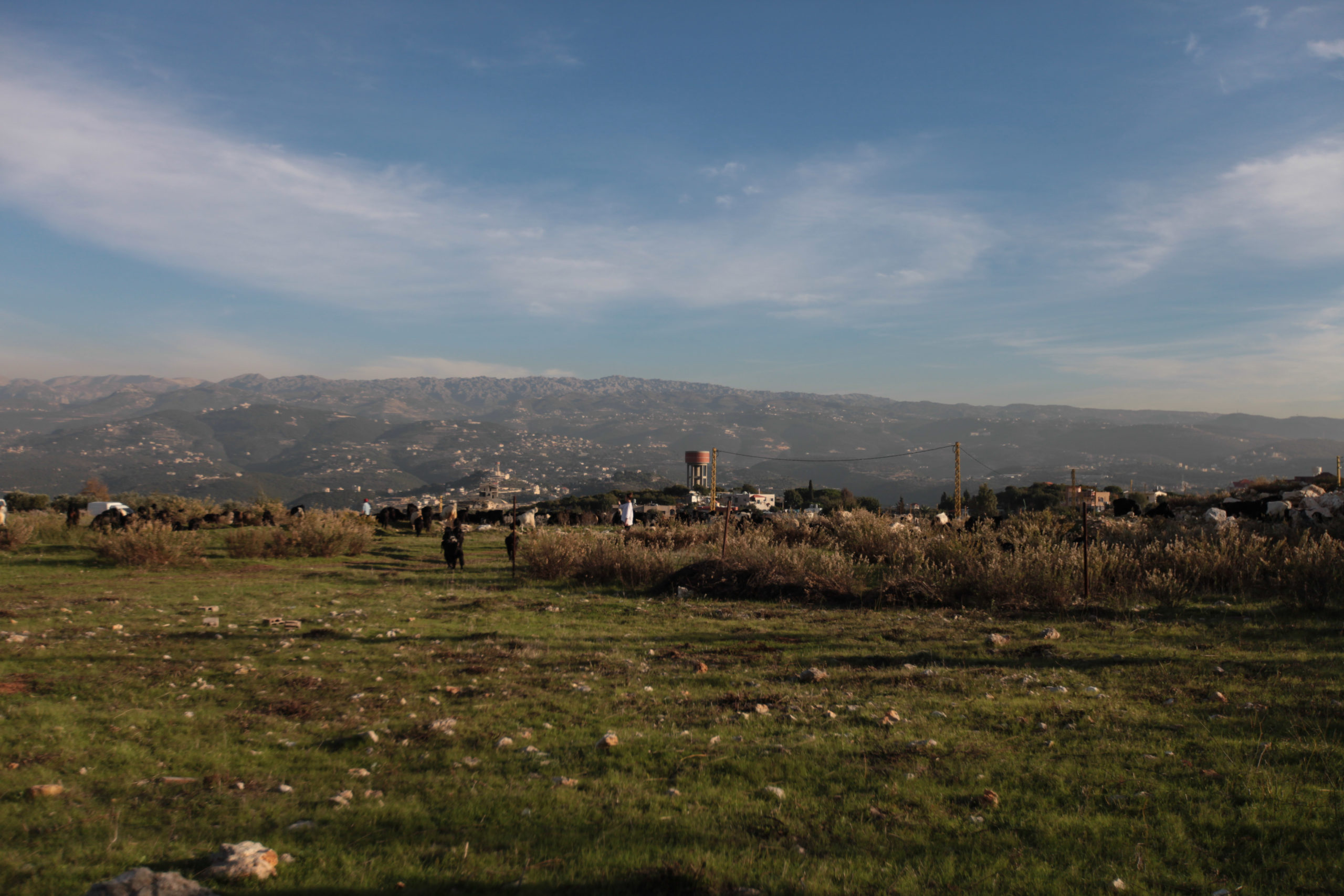
For Jabbour, pottery is a way to continue that remedial tradition in the present day. She maintains that cooking in clay is healthier than other material, and better at bringing out flavours too. Besides her artisan work, she also produces honey and a range of different mouneh, foods preserved in various traditional ways. There is an entire shelf in her workshop dedicated to her mouneh: pickled algae from the nearby coast, goat cheese balls in olive oil, fermented yoghurt mixed with bulgur, and small sour grapes adding acidity to dishes.
“Everything I do is baladi,” she says, using the Arabic word for local and traditionally grown.
“Everything I do is baladi.”
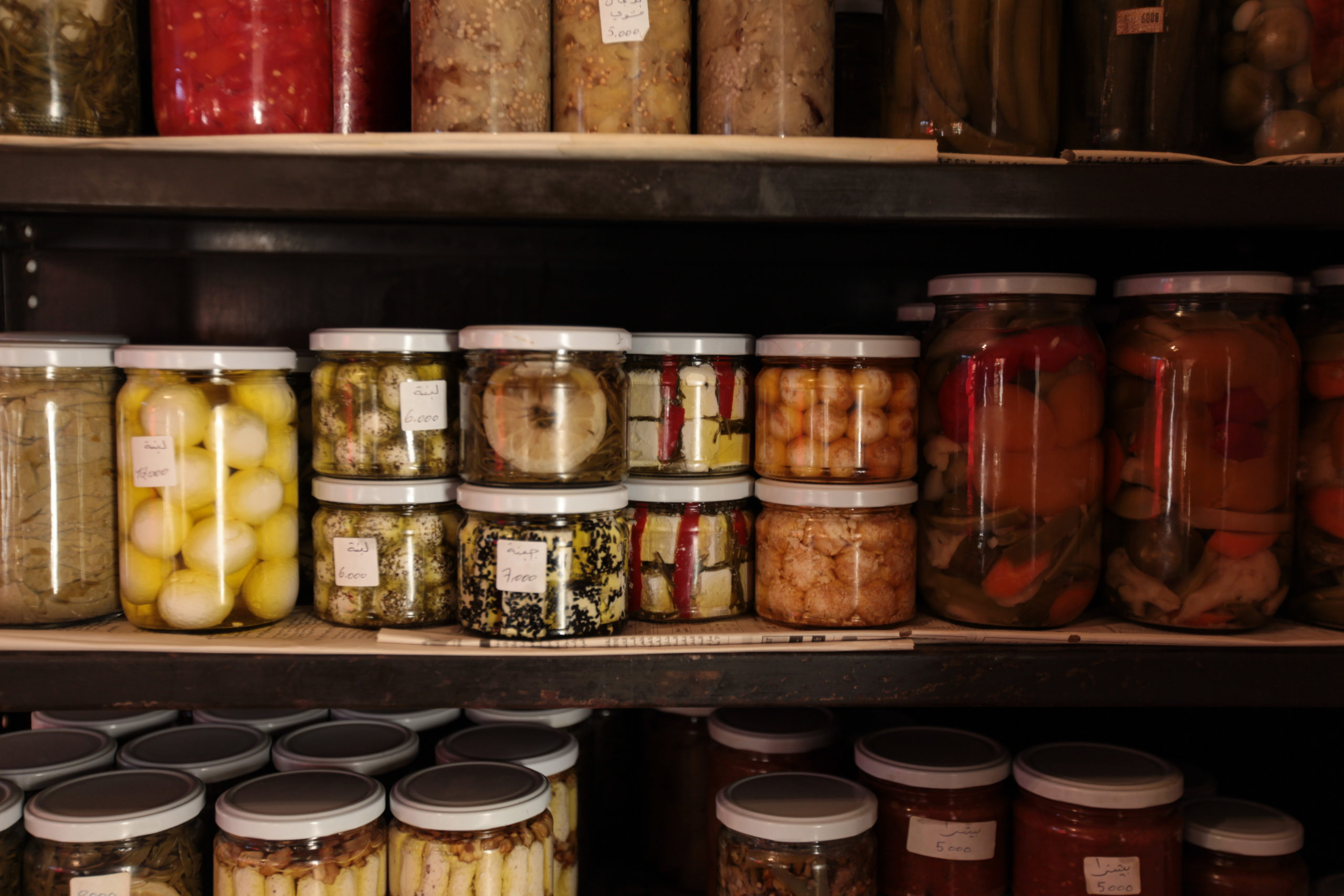
“The pottery is something I learned from the women of the village when I was young. And now I taught my husband to do it. He’s the only man in Assia who knows how to make pottery.”
“My husband is the only man in Assia who knows how to make the pottery.”
She brushes off bits of clay from her hands (most often, she wears gloves to keep the skin from drying out) and takes out a small stone, also brought from the coast. She grabs a big bowl in one hand and starts polishing it with the other. This is how, through repeated scrubbing with the stone, her fukhar gets its characteristic rustic finish.
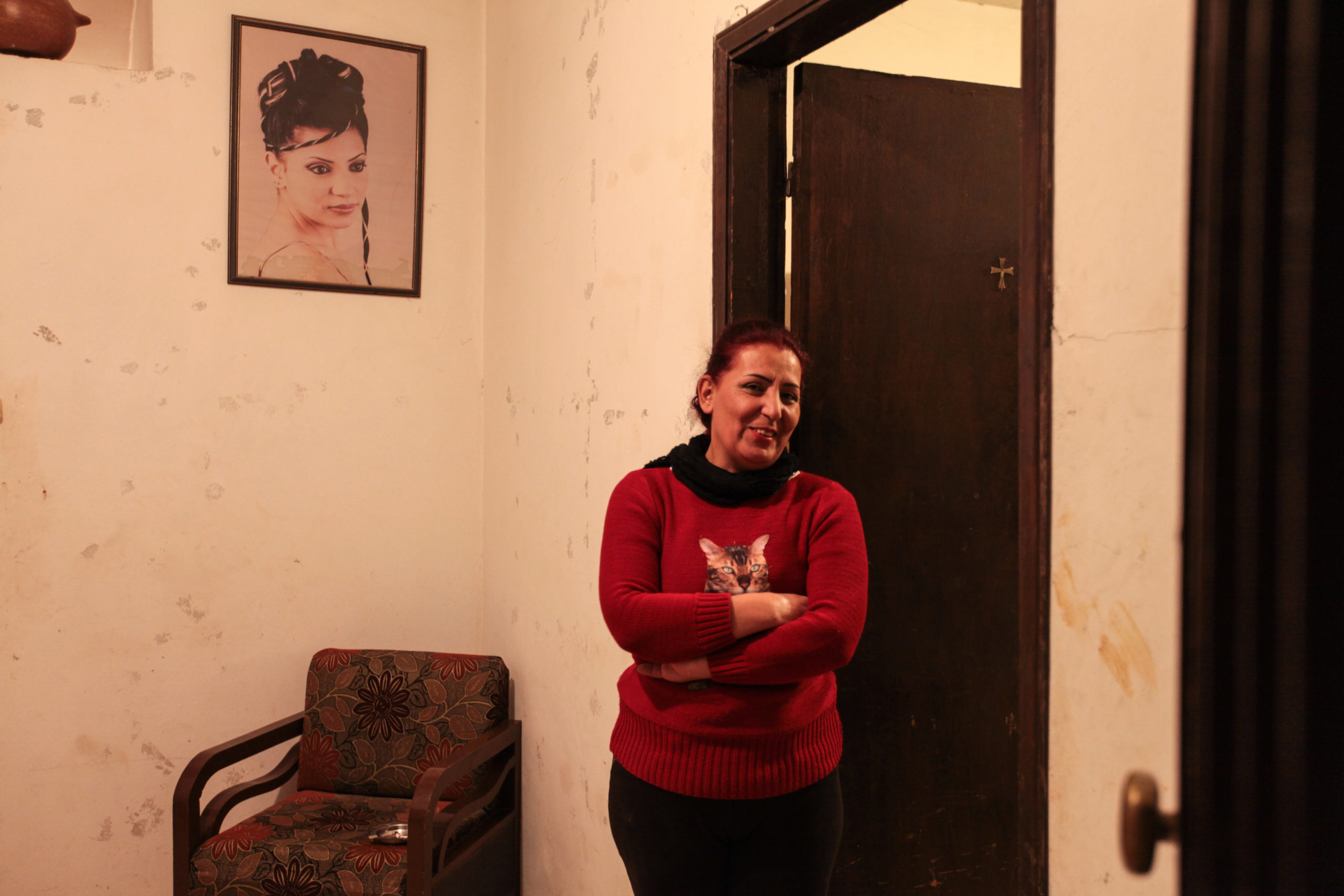
“I love this job.”
Jabbour has made every piece of pottery exactly this way – forming it with her hands and a knife, polishing it with a stone, leaving it to dry several times in between. Finally, when enough pieces have been amassed to fill the entire workshop, she fires the fukhar in an oven in the back of her garden.
Brown like the earth they go in, orange like the sunset fields they come out, with the occasional black spots from the open fire.
“I love this job,” Jabbour says as her eyes wander from piece to piece in the workshop.
“I wouldn’t want to leave it ever.”
